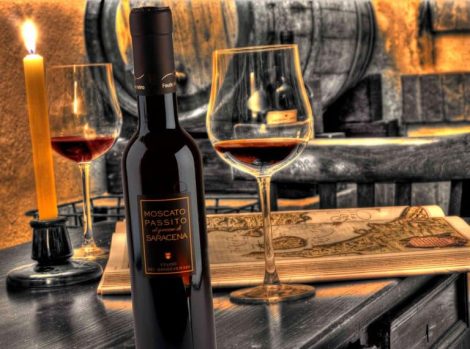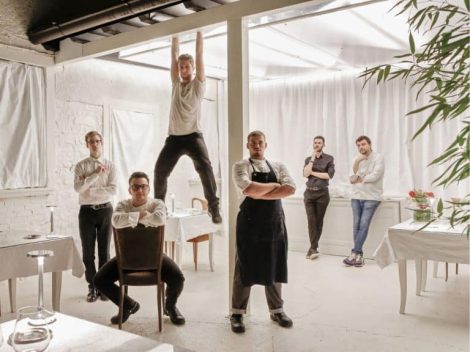What is Modernist Pizza?
Three volumes plus a recipe book, for a research work that has lasted four years: these are the numbers of Modernist Pizza, an encyclopedia of pizza art dedicated not only to professionals in the sector, but to all curious consumers, from amateur cooks to employees at work, which will be presented on June 20 in Naples. Four years of analysis, travels, hundreds of experiments, comparisons and dialogue with pizza chefs from all over the world: thus, from the passion of Nathan Myhrvold - founder of Modernist Cuisine - and Francisco Migoya, the great book on pizza was born, together with a solid team of international collaborators. Let's continue with a few numbers: over 250 pizzerias visited, more than 1,000 recipes developed, plus a travel guide to the best pizzerias in Italy, the United States, São Paulo, Buenos Aires and Tokyo. For a total of 1,708 pages accompanied by 3,770 photographs. Volumes 1 and 2 narrate the science, history, fundamentals, travels, ingredients and preparation techniques, while the third volume is dedicated to classic and innovative recipes. But what is it that makes Modernist Pizza different from other publications of this kind? We talked about it with Francisco Migoya, co-author and head chef at Modernist Cuisine.
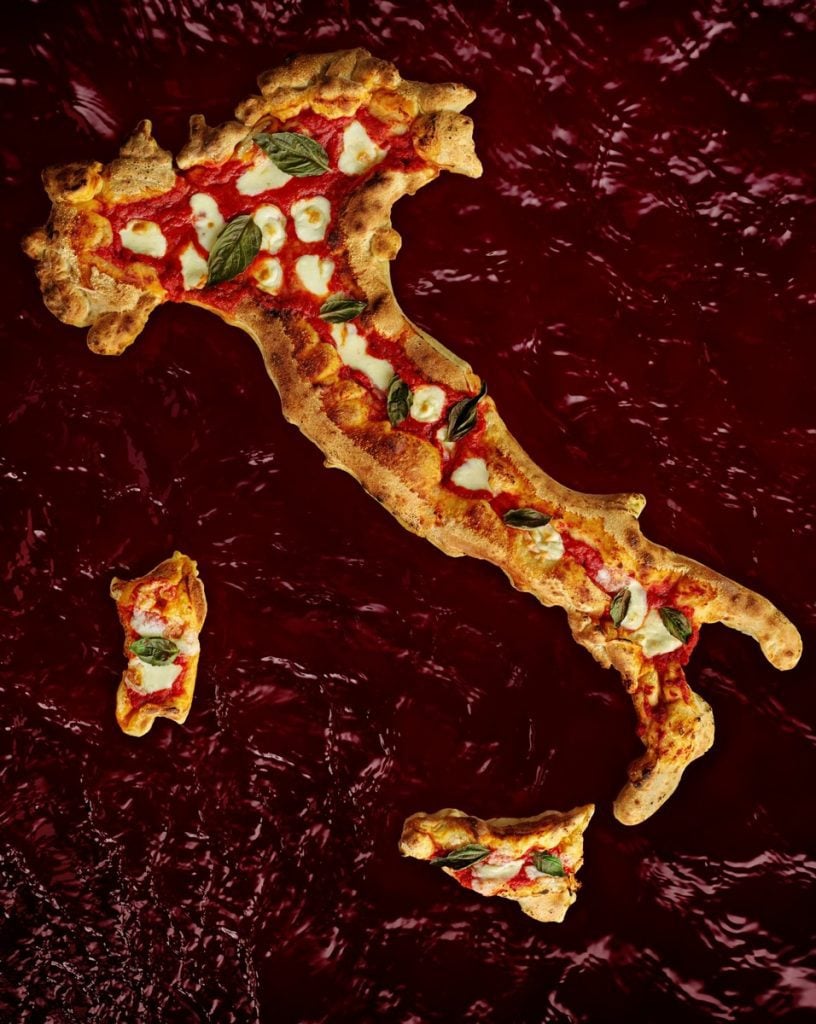
Photos by Nathan Myhrvold / The Cooking Lab, LLC.
The research work of Modernist Pizza
"First of all, most of the books are collections of recipes designed for making pizza at home. Then there are also volumes for everyone, but they are very few: our work is dedicated to anyone who wants to know more, from amateurs to professionals." A book for everyone and for the whole world, "let's talk about the many existing styles of pizza, not just the Italian one." And then the history: "We have studied the sector in its various aspects, there are many historical references from different parts of the world, it is a sort of guide to the evolution of pizza." Finally, there is also a scientific part, which is fundamental in Modernist Pizza: "The science of the ingredients is complex and fascinating, we did research on the products but also the ovens, the equipment, all the more technical parts that we tried to make accessible to everyone. We want this to be a book that can be enjoyed by the widest possible audience." Translating complex information to those who do not have a solid foundation on the subject was not a simple task, "the important thing is to make the reader understand the concept without making him feel silly or unprepared. For this reason we wanted to maintain for all volumes a language that was understandable and above all easily applicable by all."
Pizza styles around the world
Neapolitan style pizza, but also New York, Detroit or Chicago style: how many styles exist in the world? "Many, all equally interesting." The origins, however, can be traced back to Italy, a research work that is not at all obvious, "pizza in the beginning was a food for the poor, farmers, there are not so many written testimonies about it, scholars have neglected the product for a long time." There is a large slice of the history of pizza, therefore, that's missing, "the first document dates back to 1799, but it is the only one. From the mid-19th century, there are more traces, mostly all foreign. The French or English visiting Naples who wrote about the newly discovered product." The real strength of pizza art in Naples? "The fact that most of the historic pizzerias are still family-run," and new generations who are changing the way they approach a good pie, "young people are renewing the sector, so on the one hand we have the classic pizzerias, that prepare the product as in the past, on the other hand there's a group of passionate pizza chefs who have decided to bet on a different product."
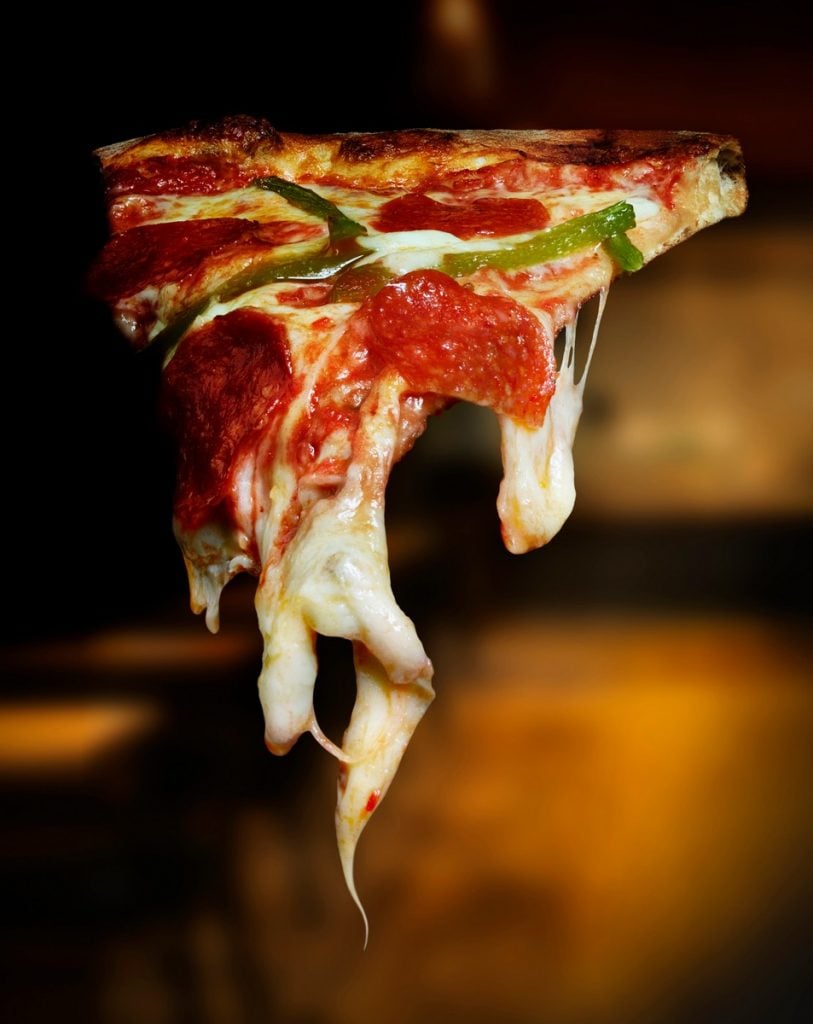
Photos by Nathan Myhrvold / The Cooking Lab, LLC.
From Italy to America, the long journey of pizza
Francisco's favorite? "Sammarco with his pizza canotto does an extraordinary job, and then there are naturally Diego Vitigliano and Franco Pepe, capable of overturning tradition." A difficult word, tradition, which can be misleading, "we should ask ourselves about this concept, which is interpreted differently by each of us." And also dangerous, it can lead astray, "at times a great cultural baggage like the Italian one can represent a limit for the sector, which tends to remain stationary. In Naples in particular, there is a bit of that idea that "real pizza" is only found there, but that's not true, at least not now. There are many very good kinds of pizza in other regions and in the rest of the world." Just think of the pizza created by Italian immigrants in America, "people who lacked their own food and who had to adapt with the ingredients available. They improvised and the Italian-American pizza was born." But even in the States, consumers often have prejudice, "take New York, for example. People expect that kind of pizza there, more like a pizza on the go, to be eaten quickly while walking, cheap and not particularly good." The real places for pizza in America are elsewhere, like Portland, "where there is no specific style, perhaps because of this great freedom, many different quality pizzerias were born over time." And then San Francisco and Los Angeles, "which in my opinion is the most gastronomically interesting US city at the moment, where you have access to quality ingredients and people have more opportunity and desire to spend."
Experiments and products
The key word is experimentation. This was the philosophy that guided Nathan, Francisco and their team when writing Modernist Pizza. Experiments on the dough, equipment, sauces, cheeses, flours. Among the most curious is cross-crusting, or the use of the same dough to reproduce multiple styles of pizza, "therefore, for example, a classic Neapolitan-style dough also used for the Detroit, Chicago, New York style. It is an interesting experiment especially for pizza chefs, who can create more types of pizza with the same base." There is also a lot of research work on cheese, in particular on fiordilatte and mozzarella di bufala, specialties typically used to flavour the pies. "The percentage of fat in fiordilatte is 3.4%, while in bufala it reaches 8%, but we managed to raise the level in the fiordilatte using very fatty cream, while with goat's milk we obtained a mozzarella halfway between two types." Another new product, a combination of Parmigiano and mozzarella, "which tastes like Parmigiano but stretches like a mozzarella." We also played with water, essential for a good dough: "The truth? If the water is good enough to be drinkable, it is also good for making pizza. You don't need special brands, and to think that some pizzerias in New York order water from Naples! Imagine the extremely high costs that are completely unnecessary…" Speaking of unnecessary expenses: for the Modernist Pizza team there is no need to order fresh cheese every day, "we did a lot of tests on the elasticity of fiordilatte, which gives the best result in the period between the eighth and the twentieth day from production."
Plus flours, leavening times, ovens, timing and temperatures. With so many tastings, all blind, "it was essential to observe and enjoy the crust well: if it is as good as the pizza itself, then we are looking at an excellent product. You have to be tempted to eat the whole pie, in all its parts." The book proceeds like this, between stories and new technical discoveries, tips for using sourdough starter yeast, recipes for the best sauces and tricks for reusing leftovers. Meanwhile, we are also working on the next great chapter of the saga, "which will be about pastry art. We will focus on viennoiserie and tea cakes and cookies, pies, biscuits, no puddings or gelato. Soon I will also go to Milan to learn more about the art of panettone and then we'll see. After all, each project takes us four years..."
Modernist Pizza – The Cooking Lab – €375 – pp. 1708 - modernistcuisine.com/books/modernist-pizza/
by Michela Becchi

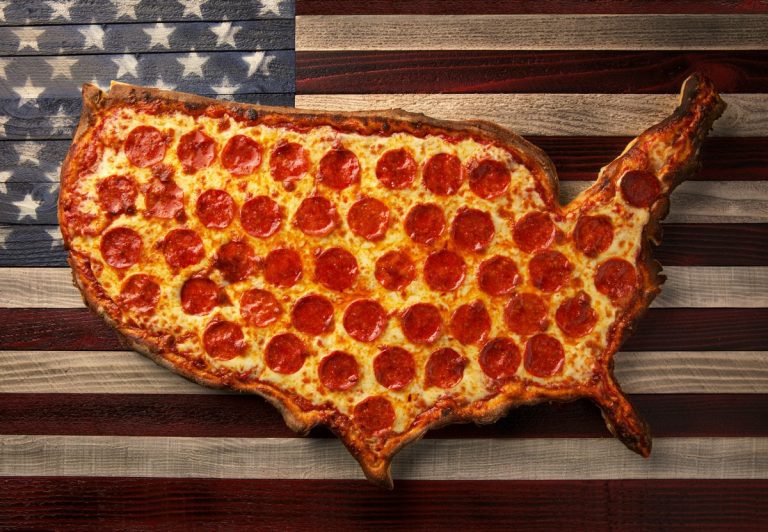
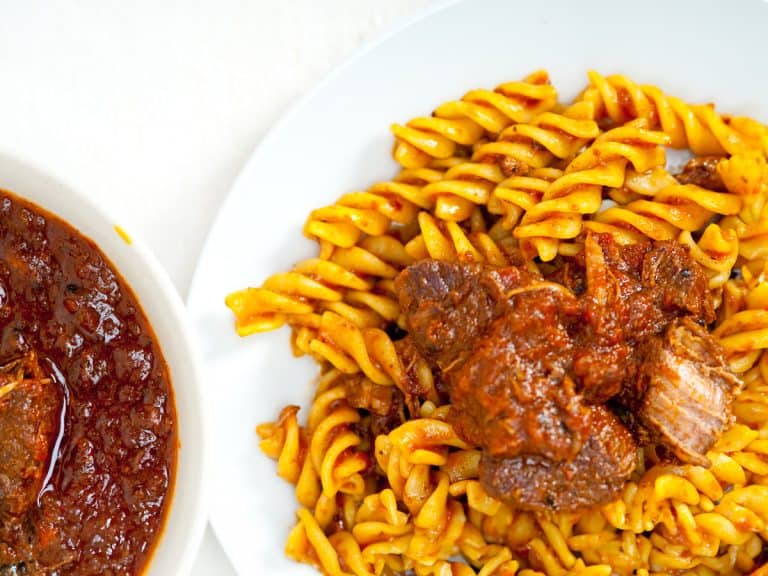 Neapolitan or Bolognese? The (tomato-free) history of the two ragùs that divide Italy
Neapolitan or Bolognese? The (tomato-free) history of the two ragùs that divide Italy Dom Perignon for dogs and sleepless rock stars: the bizarre requests to the world’s best hotel manager
Dom Perignon for dogs and sleepless rock stars: the bizarre requests to the world’s best hotel manager The oil always moves north, reaching England. How the map of olive trees is changing due to climate change
The oil always moves north, reaching England. How the map of olive trees is changing due to climate change The Nobel Sandwich we tried at CERN, just steps from antimatter
The Nobel Sandwich we tried at CERN, just steps from antimatter The two young talents from Gattinara revolutionising Italian cuisine
The two young talents from Gattinara revolutionising Italian cuisine